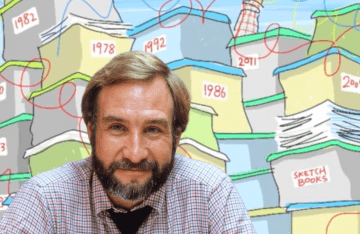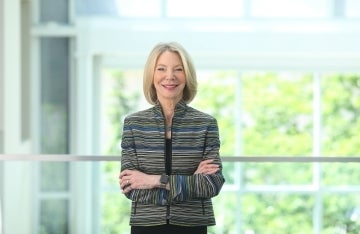Using Artificial Intelligence to Improve Public Health Campaigns Across Philadelphia
Professor Andy Tan and Research Associate and Lecturer Matthew Brook O'Donnell are both interested in how artificial intelligence could make it easier for community-based organizations to improve public health in Philadelphia.
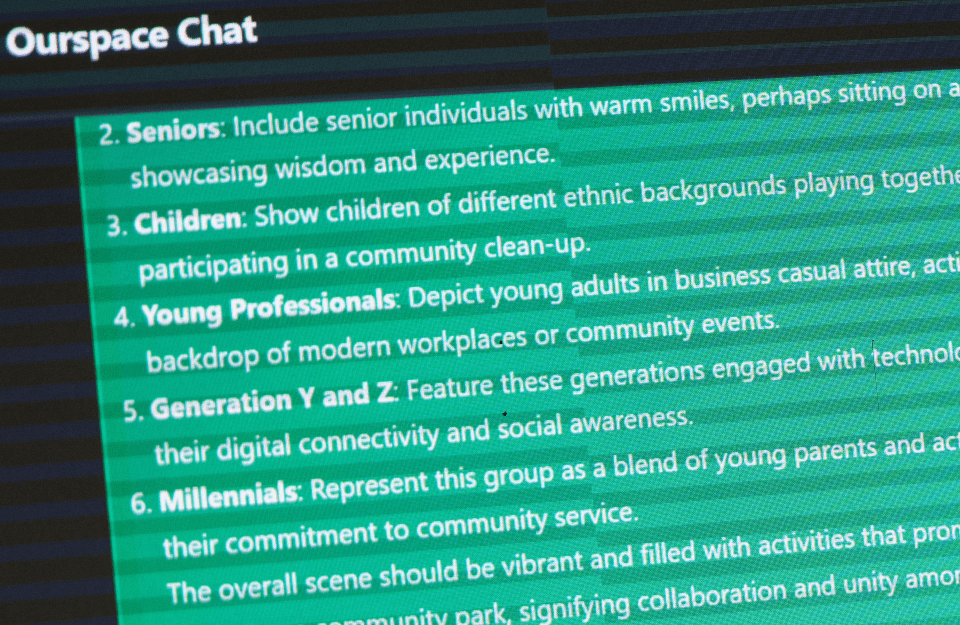
OurSpace allows staff and volunteers of community organizations to chat with one another and with artifical intelligence.
During a recent workshop hosted by the Health Communication & Equity Lab at the Annenberg School for Communication, a group of staff members from the COLOURS Organization, a nonprofit that supports LGBTQ+ and BIPOC communities in Philadelphia with holistic wellness, tested an artificial intelligence platform that uses large language models (LLM) created by Annenberg researchers Matthew Brook O'Donnell and Andy Tan in collaboration with Annenberg staff members Tom Boccuto and Etienne Jacquot.
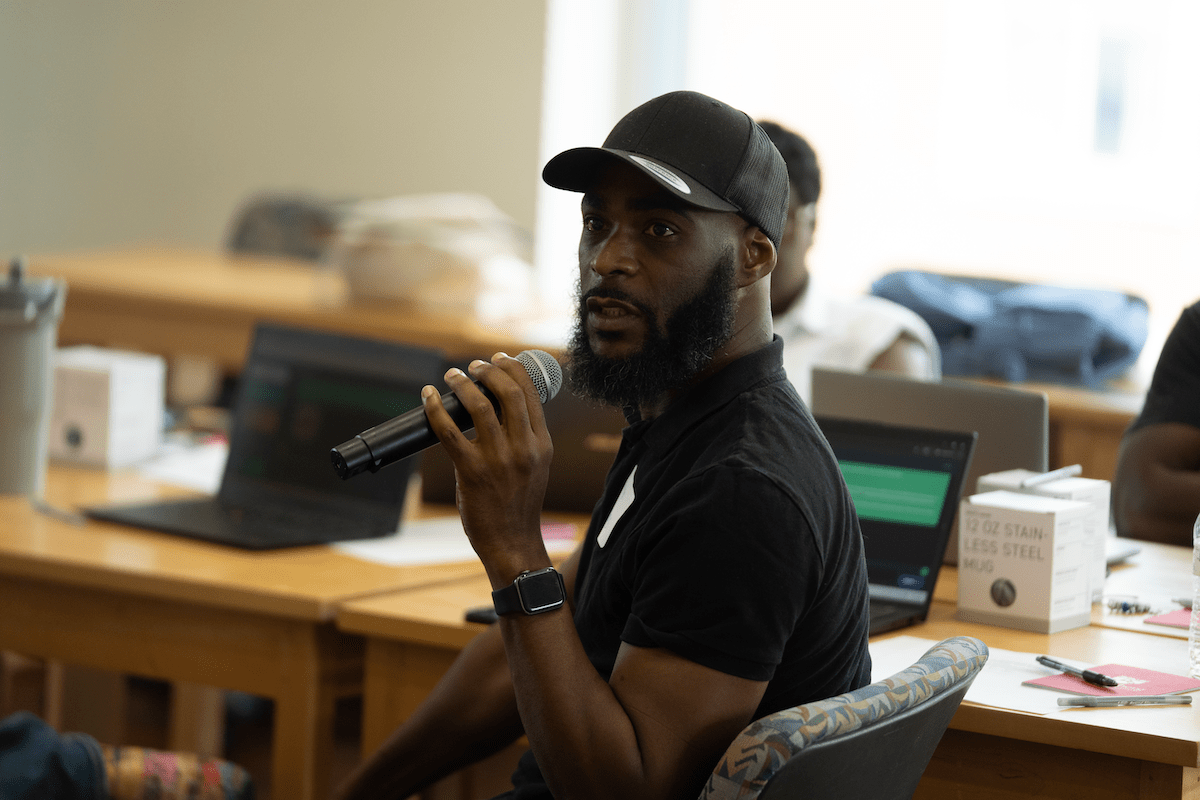
The platform, nicknamed “OurSpace,” is a private chatroom that allows staff and volunteers of community organizations to chat with one another and with an LLM. O'Donnell, a specialist in machine learning and linguistics, and Tan, an expert in public health communication and community-engaged research, created the platform to help Philadelphia-based community health organizations streamline their work and craft effective public health campaigns.
For example, COLOURS staff members used OurSpace to create promotional materials for a future community outreach event, working together to refine Instagram photos and captions generated by the tool based on their chatroom interactions.
In creating OurSpace, Tan and O'Donnell's goal was to create a platform that would emulate real-world brainstorming sessions with the assistance of artificial intelligence. “Anyone can use ChatGPT on their own,” says O'Donnell, a research associate and lecturer at the School. “Our tool lets people bounce ideas back and forth in real time before submitting a prompt to the AI. They can then build on the responses from the chatbot and ask new questions. But the tool aims to prioritize the contextual knowledge, richly embedded in organization members, and combine this with LLM’s abilities to summarize, synthesize, and expand information they are given.”
Classroom Collaborations
Tan and O’Donnell both have expertise in creating and testing public health messages. Through his work with Annenberg’s Communication Neuroscience Lab, O’Donnell has evaluated young people’s neural responses to anti-smoking campaigns. Tan, an associate professor at Annenberg, and the members of his lab are evaluating social media messages designed to prevent vaping initiation among LGBTQ youth.
The idea for the AI platform emerged from morning chats between O’Donnell and Tan centered around their shared interest in using generative artificial intelligence for good.
“I’d walk past Andy’s office and say, ‘Hey, morning Andy!’ and this frequently led to a 10 to 15 minute conversation on the topic of generative AI and health communication,” O'Donnell recalls.
Community Involvement
For Tan, the project is a natural extension of his long-term commitment to community-engaged scholarship in public health. One important principle of effective public health communication is co-creating solutions with the people they are meant to serve. His approach, partnering directly with community members to design and evaluate health communication interventions, has informed health messaging, including tobacco prevention efforts to youth-driven campaigns on sleep, nutrition, and mental health.
When he and O’Donnell were ready to test the OurSpace platform, Tan reached out to the many Philadelphia-based community organizations involved with the Philly Community Engagement Alliance (Philly CEAL) program, a collaboration between Penn’s School of Nursing, the Perelman School of Medicine, the Annenberg School, and the City of Philadelphia that addresses chronic disease disparities in underserved communities. Tan has been a co-investigator in the project since its start in 2021.
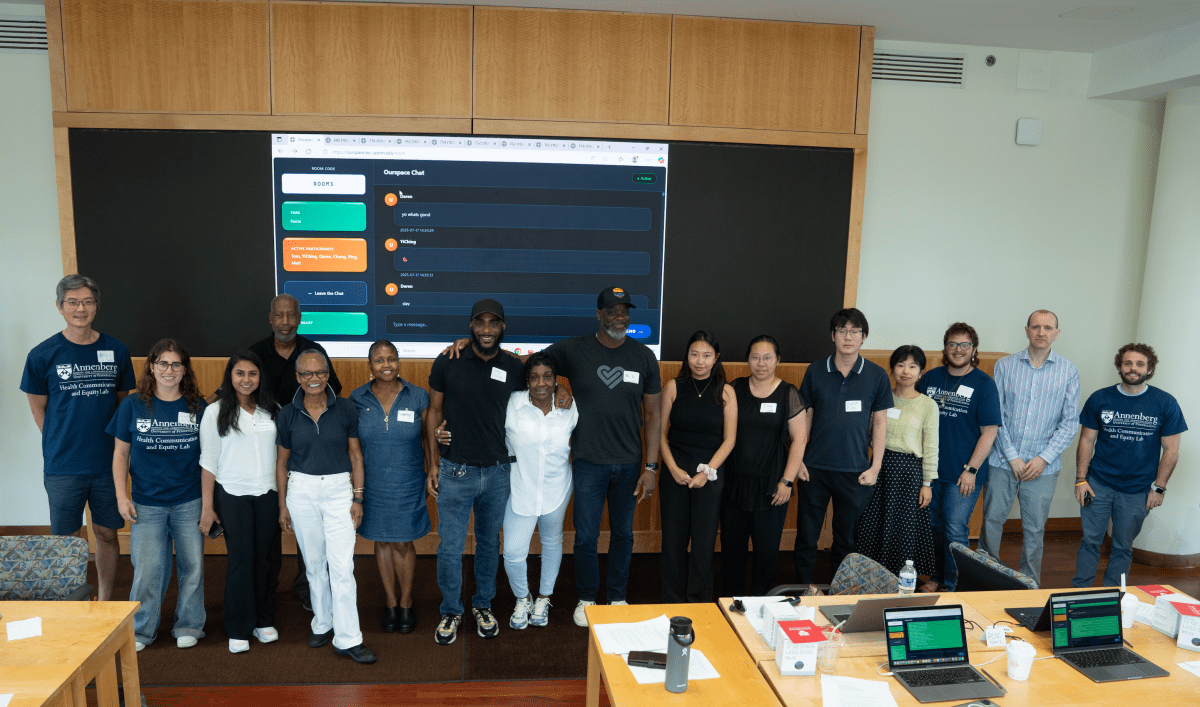
At the July workshop, four community health groups associated with Philly CEAL put the OurSpace tool to the test, including: COLOURS; the Philadelphia Chinatown Development Corporation, an organization that manages the Chinese Immigrant Families Wellness Initiative; the Philadelphia Anti-Drug/Anti-Violence Network (PAAN), one of Philadelphia's leading non-profit agencies dedicated to addressing drug abuse and violence among young people and families; and Mantua Worldwide, an organization that promotes public health, the arts, and environmental sustainability in West Philadelphia.
The workshop was designed and facilitated by Chris McLain, HCEL Research Coordinator, and Penn Summer Undergraduate Mentored Research Program (SUMR) Scholar Sophia Szreck de Sousa Pereira, a sophomore at Case Western Reserve University, who spent her summer testing and developing the platform under the mentorship of Tan and O’Donnell. Pereira was excited to see the tool in action.
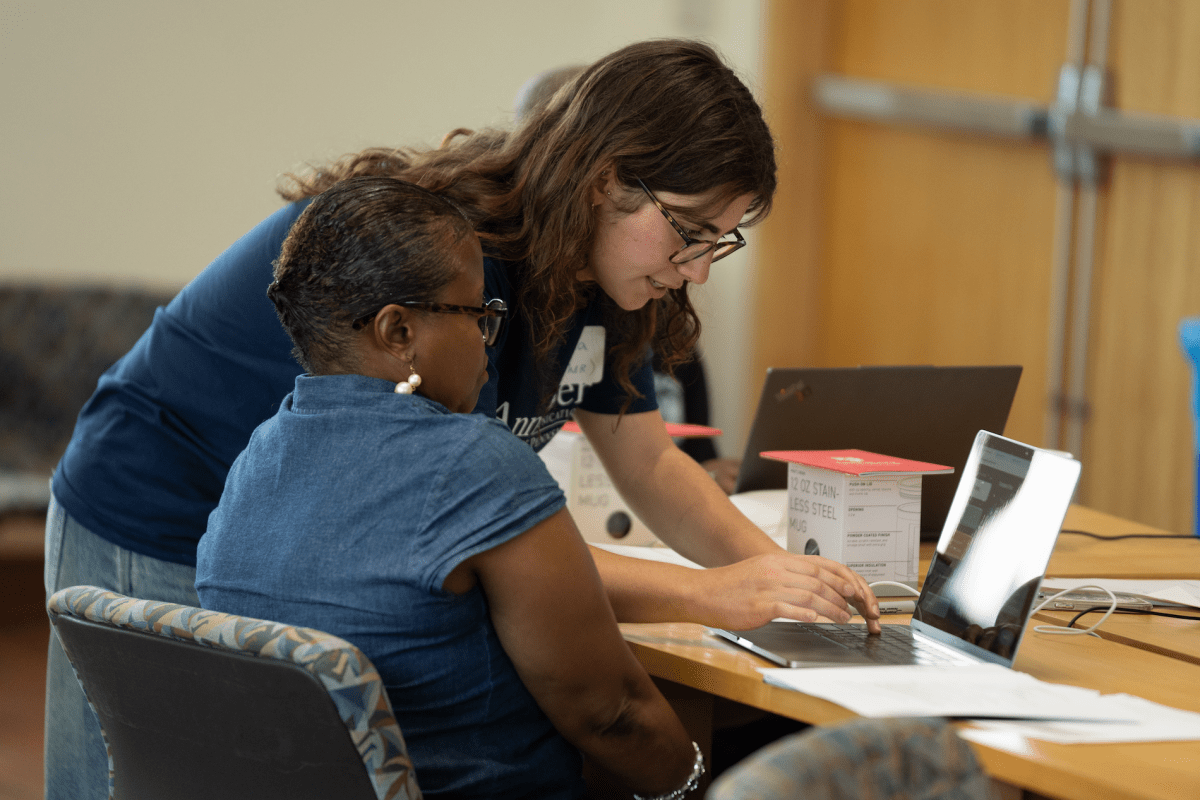
“It's one thing to test the platform and think about in what ways it could be used and helpful to people,” she said. “It's another thing to actually see how people work with it, and how they slowly start to see how useful this could be for their organization in the future. Some people had never used ChatGPT before. It was great to see them embrace it.”
At the workshop, the organizations used the platform to create marketing materials, re-imagine mission statements, design social media campaigns, and even suggest activities and itineraries for staff retreats. At the end of the chatroom discussions, the platform gave teams summaries of their chats.

Next Steps
After the workshop, Tan and O’Donnell solicited feedback from participants, asking how to improve the system.
“Feedback was overwhelmingly positive,” O’Donnell says. “People valued the ability to collectively refine and expand on the LLM’s suggestions and gave us great suggestions on how to improve the system — like adding the capability to ‘like’ messages, to upload documents and to search within conversations.”
Tan is excited to incorporate this feedback into the next version of the platform. He and O’Donnell hope to soon offer the platform to more organizations to explore other use cases and evaluate how it could meet their needs to promote health and other social outcomes among their communities.
“Traditionally, health message development involves multiple stages, from obtaining community input, formative research using focus groups and surveys, message design, and evaluation. Our platform aims to streamline this process, enabling real-time collaboration and integrating evidence-based strategies alongside community insights,” Tan added.
The pair imagines the platform providing Philadelphia health organizations with a powerful new way to improve public health, leveraging machine learning without losing the human connection that makes their work meaningful.

